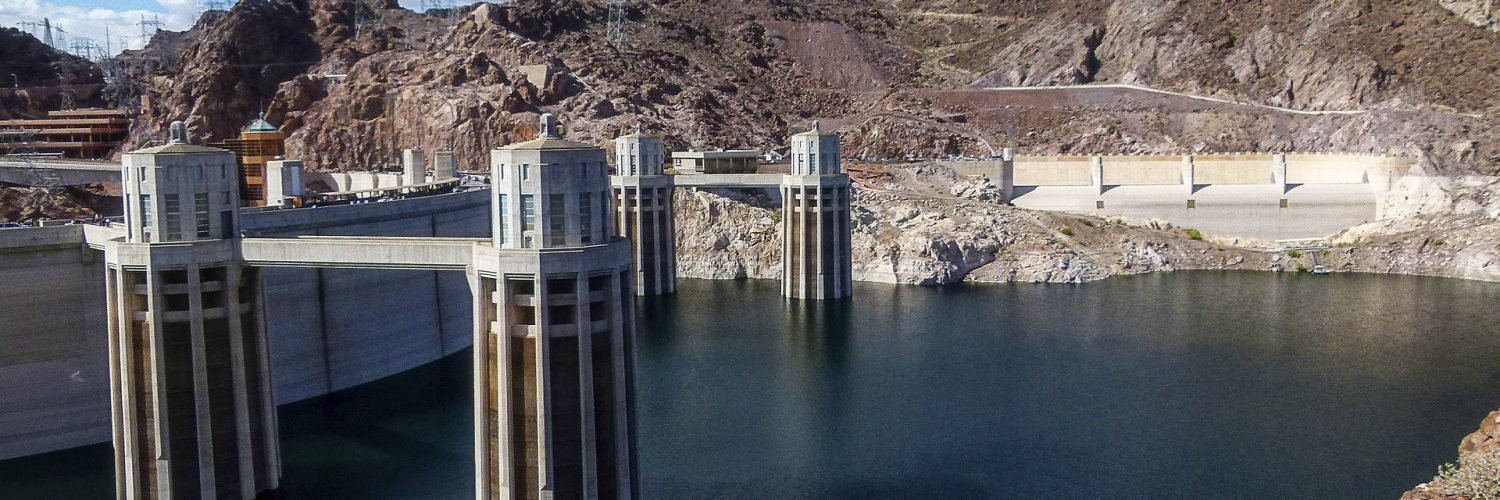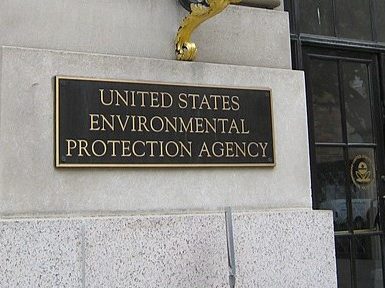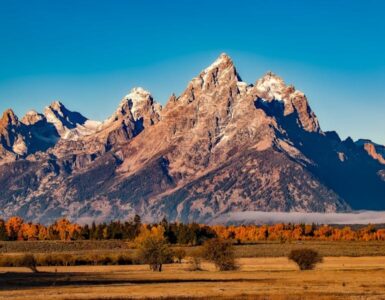In a triumph for Arizona, the federal government removed a threat to take over the state’s management of its Colorado River water supplies.
The federal Bureau of Reclamation announced Tuesday that Arizona and six other states have now successfully completed their part. All of the states immediately shipped the plan to Congress for approval. Called the Colorado River Basin Drought Contingency Plan (DCP), it is designed to protect the dwindling river supplies through 2026.
“I commend the states on this important milestone,” Reclamation Commissioner Brenda Burman said at a press conference Tuesday.
Now, it’s time for Congress to act. Time is of the essence, she said. While an extremely wet winter has extended the timeline for projected water shortages, they still are likely to occur in the next year or two. Congress needs to adopt the plan prior to August 2019 to put the DCP in operation by 2020.
“Since 2000, the Colorado River Basin has experienced historic drought,” Burman said. “Currently, the combined storage of Lake Mead and Lake Powell are at their lowest levels since Lake Powell initially began filling in the early 1960s.”
She also stated that action that would have allowed other states and the federal government to intervene in Arizona’s management of the river is now “terminated.”
The Federal Register was posted when Arizona and California failed to meet an initial deadline for completion, Jan. 31. The Federal Register requested comments from March 4th until March 19th and both states made it in time for the deadline of March 19th.
Time for Congress to act quickly
Governors’ representatives from the other six states flew to Phoenix Tuesday to sign the monumental agreement. As part of the pact, Arizona, California, Nevada, Colorado, New Mexico, Utah, Wyoming and Mexico have all agreed to take measures to leave water in the river’s two main “storage tanks,” Lake Mead and Lake Powell.
Within an hour of the announcement, members of Arizona’s congressional delegation were issuing promises to move it quickly forward.
“Today’s agreement marks a huge step forward in securing Arizona’s water future. I will work with my Colorado River Basin state colleagues to make sure Congress quickly does its part to make this agreement a reality,” Arizona’s senior Sen. Kyrsten Sinema said in a statement.
Sen. Martha McSally congratulated Arizona and the basin states on finalizing the deal.
“It is no small feat for the seven Colorado River Basin states to finalize this Drought Contingency Plan,” Sen. McSally said. “I applaud the hard work of local, state, and Native American stakeholders who selflessly crafted measures that will lead to a more secure water future on the Colorado River.”
As Chairwoman of the Senate Subcommittee on Water and Power, McSally already scheduled a hearing for next week. A hearing in the House is also expected next week.
Arizona is well positioned for this important act. In addition to McSally’s assignment, long-time Arizona Congressman Raúl Grijalva is chair of the House Natural Resources Committee. Rep. Grijalva, too, has committed to move swiftly.
Hundreds played a part
As news broke across the state Tuesday, many involved in the years-long effort to get the plan in place let out a temporary sigh of relief.
In Arizona, hundreds of water stakeholders, lawmakers, Gov. Doug Ducey and others worked publicly and behind closed doors to get the plan done.
A large steering committee of about 40 competing water interests negotiated feverishly for seven months to finalize intrastate agreements. The entire state legislature voted almost unanimously to approve the DCP and accompanying legislation.
Almost every water holder in the state, cities, tribes, water districts, water companies and other entities, agreed to take measures to shore up Lake Mead. As part of the agreement, tribes, cities, government agencies, lawmakers and the non-profit Walton Family Foundation are providing water or funding to help Pinal County agriculture. The thriving inland industry could have been wiped out under the current outdated DCP guidelines from 2007. Now, farmers will use the funding to build groundwater pumping wells to move away from dependence on river water.
The two state water leaders who co-chaired the committee are Tom Buschatzke, Director of the Arizona Department of Water Resources, and Ted Cooke, General Manager of the Central Arizona Project that diverts Colorado River water to the populous inland counties, Maricopa, Pima and Pinal.
Cooke expressed his gratitude Tuesday for the “tireless effort” by the steering committee.
Buschatzke said that the new DCP will prevent the lakes from dipping to crisis levels.
“The tools we created in the ‘07 guidelines have proven their success,” Buschatzke said. “We have some new tools now that will hopefully prove their success.”
“We all recognize we’re looking at a drier future, we all recognize we have to deal with that,” he said.
Work is already in motion to implement a new plan by 2026.
















Add comment